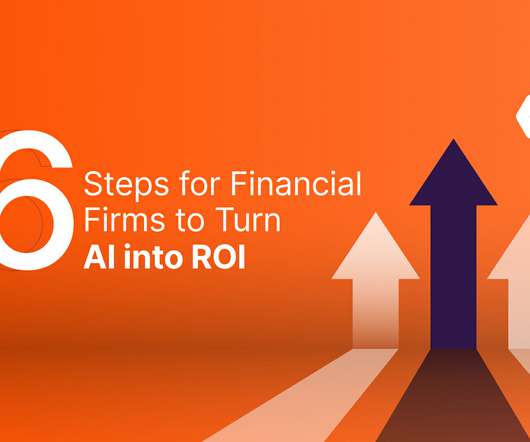What Is Enterprise Risk Management & Its Importance
Reciprocity
NOVEMBER 5, 2021
You must find ways to manage, mitigate, accept, or transfer these risks. Here’s where enterprise risk management (ERM) comes in. It helps you manage, minimize, and in some cases eliminate risks, to keep your organization safe and in business. What Are the Components of Enterprise Risk Management?





















Let's personalize your content